Pet waste is often seen as a problem, but did you know that dog waste can be composted safely and sustainably? Instead of sending it to landfills, where it contributes to methane emissions, you can turn it into nutrient-rich compost using the right techniques.
Unlike traditional composting, dog waste requires special handling to break down safely and avoid harmful pathogens. With the right temperature control, composting methods, and proper use, you can create an eco-friendly solution that reduces waste while enriching non-edible plants and ornamental gardens.
Learn how to compost dog waste safely and responsibly to make your pet’s impact on the environment more sustainable!
Understanding Dog Waste Composting
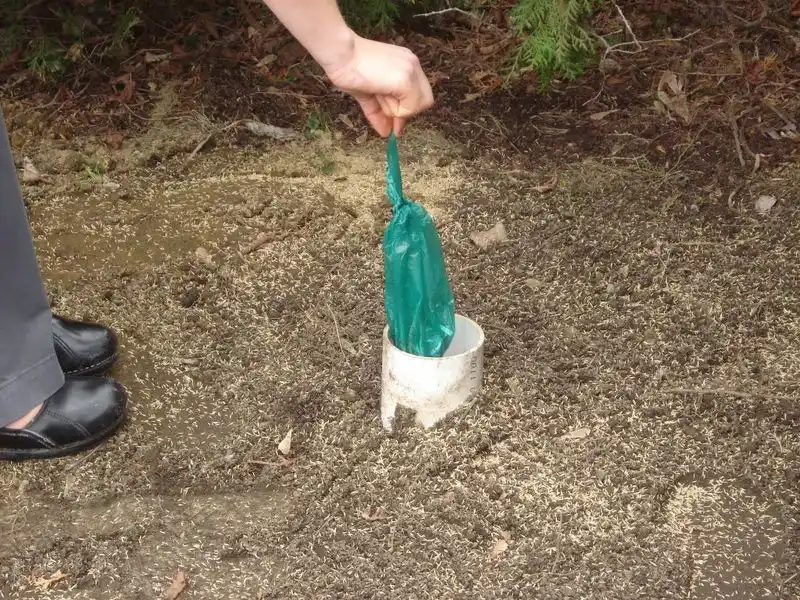
Embarking on the journey of dog waste composting begins with understanding its core principles. Unlike traditional composting materials, dog waste requires special handling due to potential pathogens. Composting breaks down these pathogens, turning waste into rich garden compost. By using methods such as heat treatment, the process becomes both safe and effective. This approach not only reduces landfill contribution but also enhances soil quality. Yet, it demands diligence and the right technique to ensure safety. Implementing these practices promises a healthier garden, underscoring the importance of informed composting.
Choosing the Right Composting System
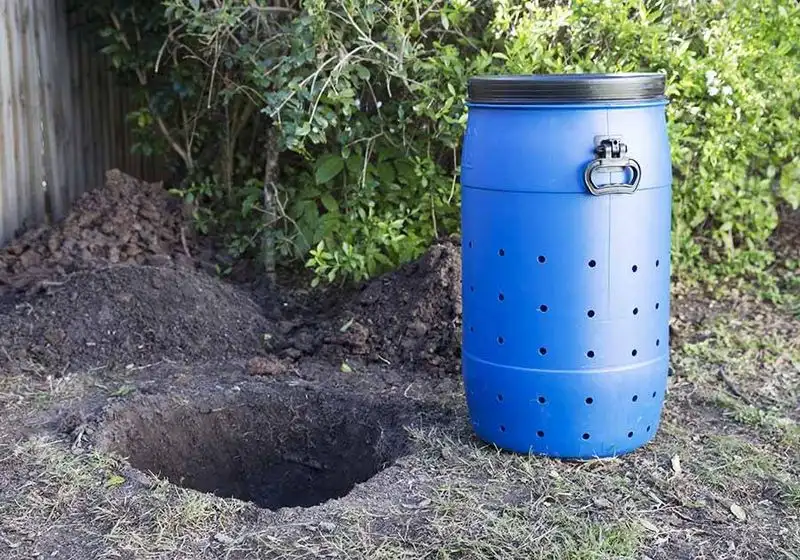
Selecting an appropriate composting system tailored for dog waste is crucial. Varied systems, from commercial bins to DIY setups, cater to different needs and spaces. Consider systems like in-ground digesters, which offer simplicity and efficiency. These systems manage waste effectively, reducing odors and processing time. Secondly, evaluate your space constraints and local regulations before committing. Each choice impacts not only your garden but also your daily routine. A thoughtful selection ensures a seamless composting experience, aiding in eco-friendly pet ownership while keeping your garden thriving.
Implementing Safe Composting Practices
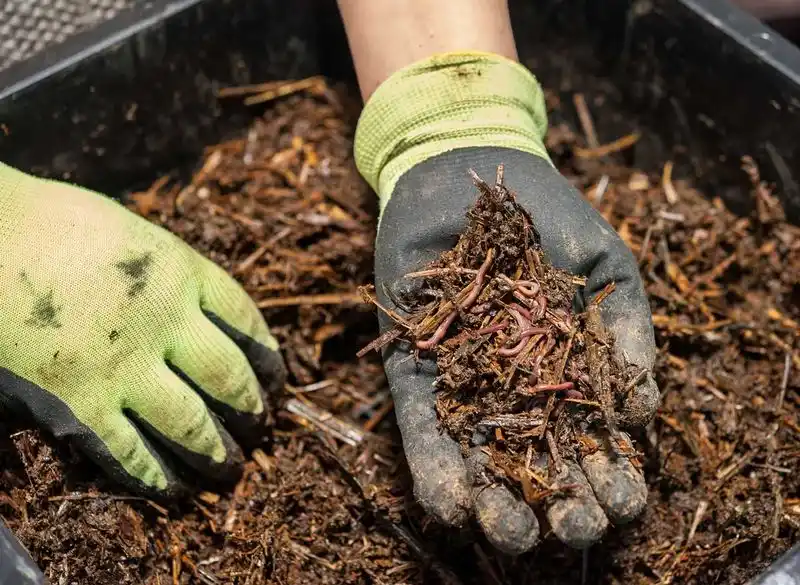
Safety reigns supreme when composting dog waste. Begin by isolating compost areas from other garden activities. Use dedicated tools to handle waste, minimizing contamination risks. Protective gear, like gloves and masks, becomes essential, especially when managing larger amounts of waste. Temperature control in the compost pile is critical; maintaining the right heat ensures pathogen elimination. Regular turning and monitoring further enhance safety and efficiency. With these practices, composting dog waste becomes a practical and responsible endeavor. Remember, each step taken ensures not only a bountiful garden but also a safe environment.
Composting Tools and Accessories
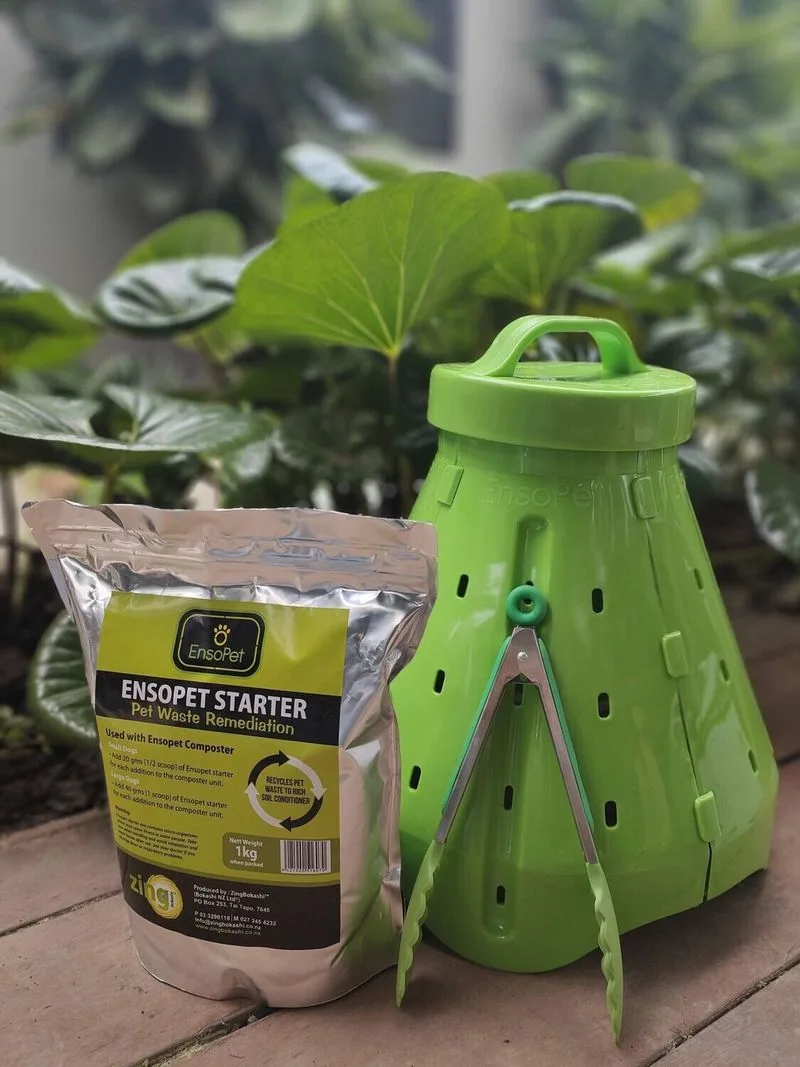
For those ready to compost dog waste, equipping the right tools is paramount. Essentials like a sturdy shovel and durable gloves simplify waste handling. A compost thermometer aids in maintaining the perfect temperature, ensuring safe decomposition. Consider aerating tools, which boost oxygen flow and speed up composting. Accessories play a vital role in enhancing compost quality. A strong compost bin with a secure lid keeps pests at bay. Investing in these tools and accessories not only streamlines the process but also transforms waste into garden gold efficiently.
Legal and Environmental Considerations

Navigating the legal landscape of dog waste composting requires awareness. Local regulations may dictate composting practices, impacting your approach. Some areas restrict raw pet waste from compost bins, while others mandate specific composting methods. Understanding these laws ensures compliance and promotes community health. Environmentally, consider the broader impact of your compost practices. Proper management reduces methane emissions, a significant environmental benefit. Engage with local authorities or community groups to stay informed. Legal and environmental mindfulness enhances both individual and community efforts towards sustainability.
Integrating Compost into Gardening
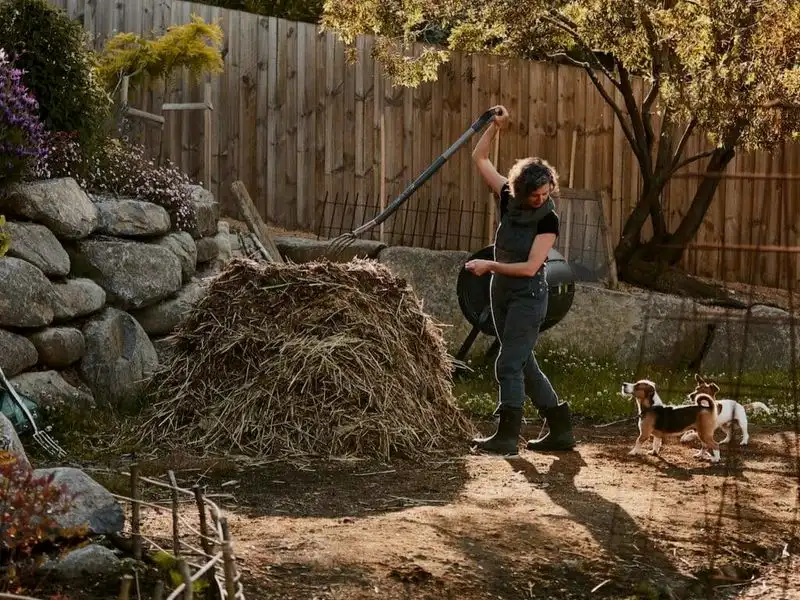
Once dog waste compost reaches maturity, its garden application begins. This nutrient-rich material boosts plant growth and soil vitality. However, caution is key—apply to ornamental plants rather than edibles due to potential residue risks. Spread compost in flower beds or under trees, enhancing landscape beauty. The transformation from waste to resource showcases nature’s cycle. By integrating compost into gardening practices, you not only nurture your plants but also close an ecological loop. Watching your garden thrive offers tangible proof of your sustainable commitment.
Educating Others about Dog Waste Composting
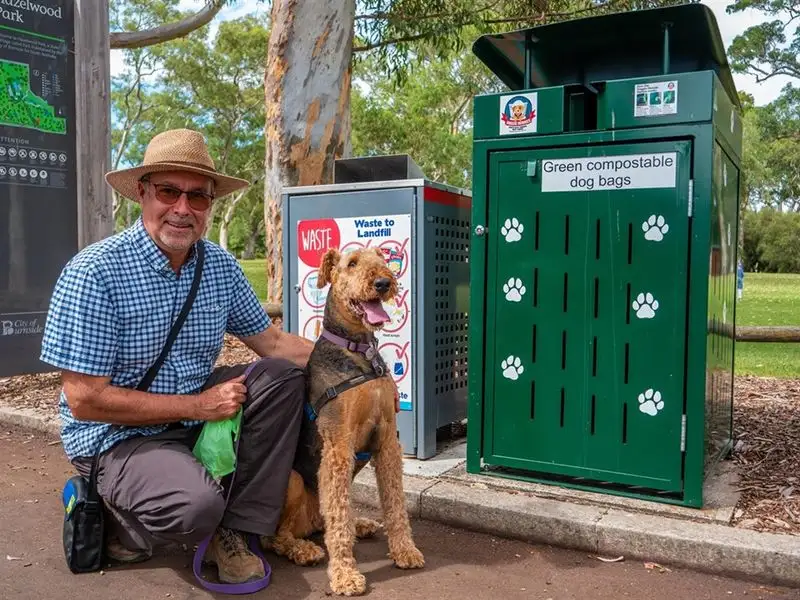
Spreading the word about dog waste composting fosters community and environmental awareness. Hosting workshops or casual garden meetups can ignite interest and share knowledge. Tailor your message for different audiences, from avid gardeners to pet owners. Sharing success stories and practical experiences makes the concept relatable and achievable. As more people adopt these methods, collective efforts amplify environmental benefits. Encouragement and education become powerful tools, driving community-wide sustainability. By inspiring others, you cultivate not only gardens but also a network of eco-conscious individuals.
Mushroom Mycelium Magic

Imagine a garden where mushrooms weave their way through dog waste, breaking it down into rich soil. Using mycelium, the fibrous roots of fungi, you can transform your pet’s waste into something beneficial. Mycelium is a natural decomposer, making it a perfect companion for your eco-friendly journey.
By planting mushroom spores within a designated compost heap, you not only enrich the soil but also help the environment. This approach is as bizarre as it is effective, blending nature’s wonders with pet care needs.
Mushroom mycelium magic transforms waste management into a whimsical garden story.
Insect Army Composting

Marching to the beat of eco-friendliness, an army of insects can tackle dog waste with precision. Beetles, worms, and other bugs are nature’s recyclers, turning waste into nutrient-rich compost.
By introducing specific insects into a controlled compost setup, you create a mini-ecosystem that processes waste efficiently. It’s a spectacle of life, with creatures working tirelessly to break down organic matter.
This method not only reduces waste but also nurtures biodiversity in your backyard. An insect army makes a lively addition to your eco-friendly practices, buzzing with purpose.
Solar-Powered Composters

Harness the sun’s power to transform dog waste into a resource. Solar-powered composters offer an innovative way to manage waste sustainably. These devices use solar energy to maintain the optimal temperature for decomposition, turning waste into valuable compost.
With sleek designs and cutting-edge technology, solar composters are perfect for eco-conscious pet owners. They blend seamlessly into modern gardens, adding a touch of innovation.
This approach is both practical and environmentally friendly, showcasing how technology can enhance green practices. Solar-powered composters are a bright idea for waste management.
Artistic Compost Sculptures
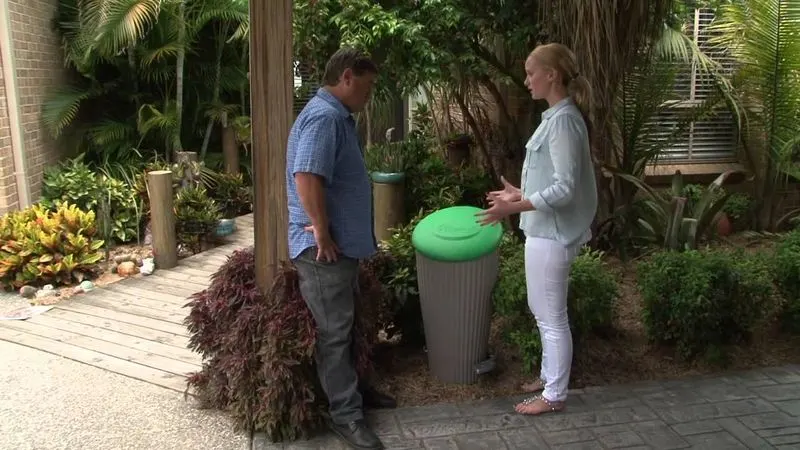
Turn the mundane task of composting into an artistic venture by sculpting with waste. Artistic compost sculptures are an imaginative way to utilize dog waste, capturing attention and celebrating creativity.
By shaping compost into intriguing forms, you engage the community and promote eco-awareness. It’s an unexpected blend of art and environmental responsibility, encouraging curiosity and conversation.
These sculptures transform waste into art, providing educational opportunities and beautifying surroundings. Artistic compost sculptures make sustainability visually captivating and culturally enriching.

